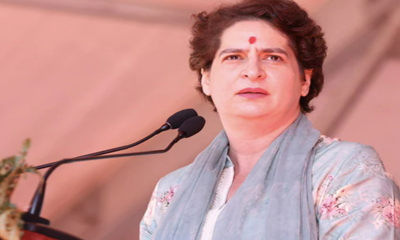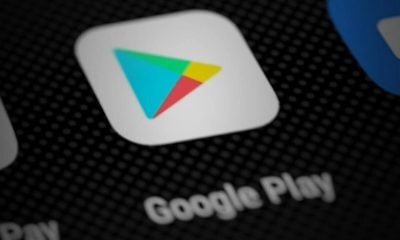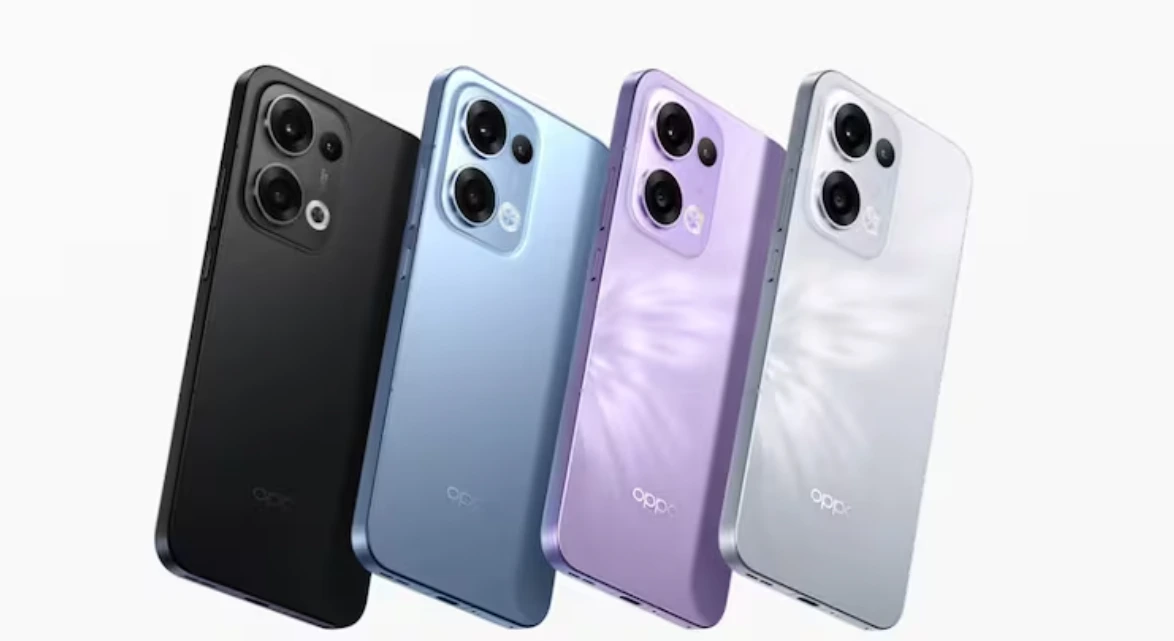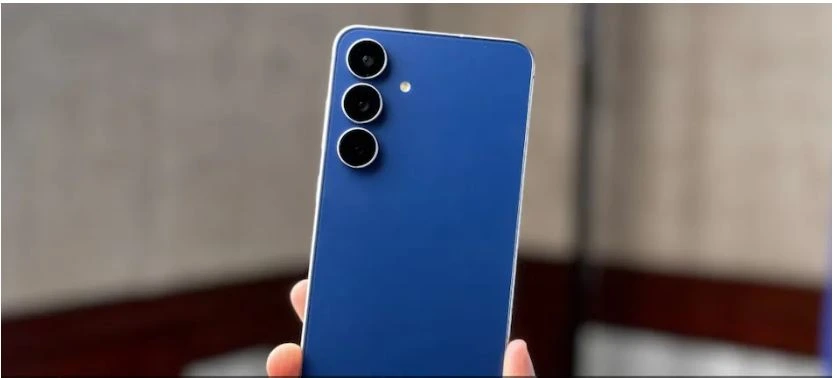There is very little Google doesn’t know. You can Google just about any piece of information under the sun these days. Including your death date? Yes, you heard it right.
Google is using its unparalleled Artificial Intelligence (A.I.) capabilities to expand into the medical field, giving the company even greater access to every aspect of our lives, according to Bloomberg.
The tech giant has partnered up with Stanford University to help test a new computer system to predict the time-of-death of hospital patients. Using artificial intelligence, the techy types say the accuracy of their program is as much as 95%.
It works by taking in personal data such as age and ethnicity which is then combined with hospital data like vital signs and any prior diagnoses.
Though the project is still in relatively early stages, Google’s Medical Brain—the divisions of the company that focuses on the medical field—is reportedly combining its predictive technology with machine learning to, among other things, predict the likelihood that someone who’s been hospitalized will die.
Google predicts death time of a woman with breast cancer
A patient with late-stage breast cancer came to a city hospital, fluids already flooding her lungs. The woman saw two doctors took a radiology scan. The hospital’s computers after reading her vital signs estimated a 9.3 per cent chance she would die during her stay.
So what did Google say about this particular woman? A new type of algorithm created by the company read up on the woman — 175,639 data points — and rendered its assessment of her death risk: 19.9 percent. She passed away in a matter of days.
The harrowing account of the unidentified woman’s death was published by Google in May in research highlighting the health-care potential of neural networks, a form of artificial intelligence (AI) software that’s particularly good at using data to automatically learn and improve.
Google’s ability to sift through data impressed medical experts
What impressed medical experts most was Google’s ability to sift through data previously out of reach: notes buried in PDFs or scribbled on old charts. And it did it far faster and more accurately than existing techniques and also showed which records led it to conclusions. As much as 80 percent of the time spent on today’s predictive models goes to the “scut work” of making the data presentable, said Nigam Shah, an associate professor at Stanford University, who co-authored Google’s research paper, published in the journal Nature. Google’s approach avoids this. “You can throw in the kitchen sink and not have to worry about it,” Shah said.
Google’s next step is moving the predictive system into clinics
Google’s next step is moving this predictive system into clinics, AI chief Jeff Dean told Bloomberg News in May. Dean’s health research unit — sometimes referred to as Medical Brain — is working on a slew of AI tools that can predict symptoms and disease with a level of accuracy that is being met with hope as well as alarm.
Inside the company, there’s a lot of excitement about the initiative. “They’ve finally found a new application for AI that has commercial promise,” one Googler says. Since Alphabet Inc.’s Google declared itself an “AI-first” company in 2016, much of its work in this area has gone to improve existing internet services. The advances coming from the Medical Brain team give Google the chance to break into a brand new market — something co-founders Larry Page and Sergey Brin have tried over and over again.
Software in health care is largely coded by hand these days. In contrast, Google’s approach, where machines learn to parse data on their own, “can just leapfrog everything else,” said Vik Bajaj, a former executive at Verily, an Alphabet health-care arm, and managing director of investment firm Foresite Capital. “They understand what problems are worth solving,” he said
Operation history of a patient predicted
Another Google researcher said existing models miss obvious medical events, including whether a patient had prior surgery. The person described existing hand-coded models as “an obvious, gigantic roadblock” in health care. The person asked not to be identified discussing work in progress.
Google is treading carefully when it comes to patient information, particularly as public scrutiny over data-collection rises. Few companies are better poised to analyze this organism than Google. The company and its Alphabet cousin, verily, are developing devices to track far more biological signals. Even if consumers don’t take up wearable health trackers en masse, Google has plenty of other data wells to tap. It knows the weather and traffic.
Dean, the AI boss, stresses this experimentation relies on serious medical counsel, not just curious software coders. Google is starting a new trial in India that uses its AI software to screen images of eyes for early signs of a condition called diabetic retinopathy. Before releasing it, Google had three retinal specialists furiously debate the early research results, Dean said.
Google could license these systems to clinics
Over time, Google could license these systems to clinics, or sell them through the company’s cloud-computing division as a sort of diagnostics-as-a-service. To commercialize an offering, Google would first need to get its hands on more records, which tend to vary widely across health providers. Google could buy them, but that may not sit as well with regulators or consumers. The deals with UCSF and the University of Chicago aren’t commercial.
For now, the company says it’s too early to settle on a business model. At Google’s annual developer conference in May, Lily Peng, a member of Medical Brain, walked through the team’s research outmatching humans in spotting heart disease risk. “Again,” she said. “I want to emphasize that this is really early on.”
According to Bloomberg, Google’s ambitions span many areas of the health-care field, including radiology, ophthalmology, and cardiology.
At Google’s developer conference this year, Lily Peng, a member of the Medical Brain team presented a project in which a Google algorithm accurately predicted peoples’ risk of heart disease. “I want to emphasize that this is really early on,” she said. But the company’s ambitions are clear.


 Latest world news11 hours ago
Latest world news11 hours ago
 India News9 hours ago
India News9 hours ago
 India News8 hours ago
India News8 hours ago
 India News6 hours ago
India News6 hours ago
 India News6 hours ago
India News6 hours ago
 India News3 hours ago
India News3 hours ago
















